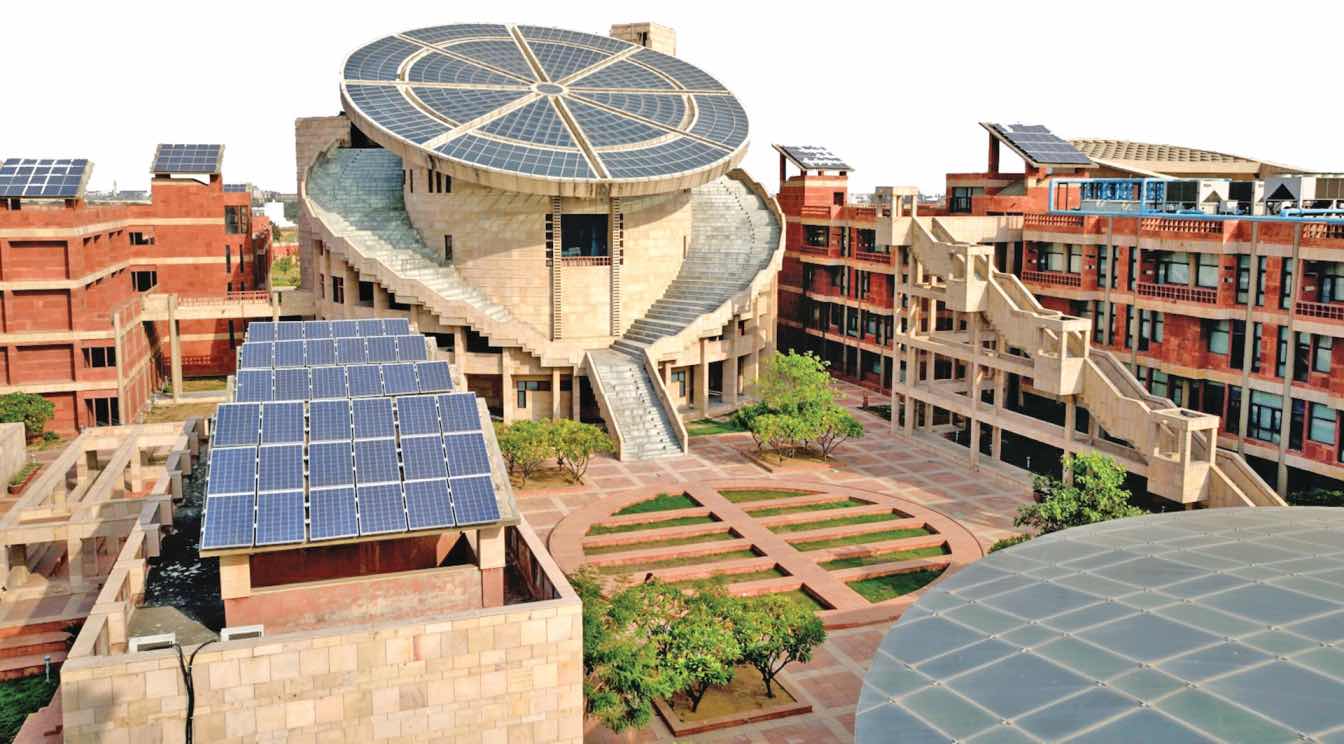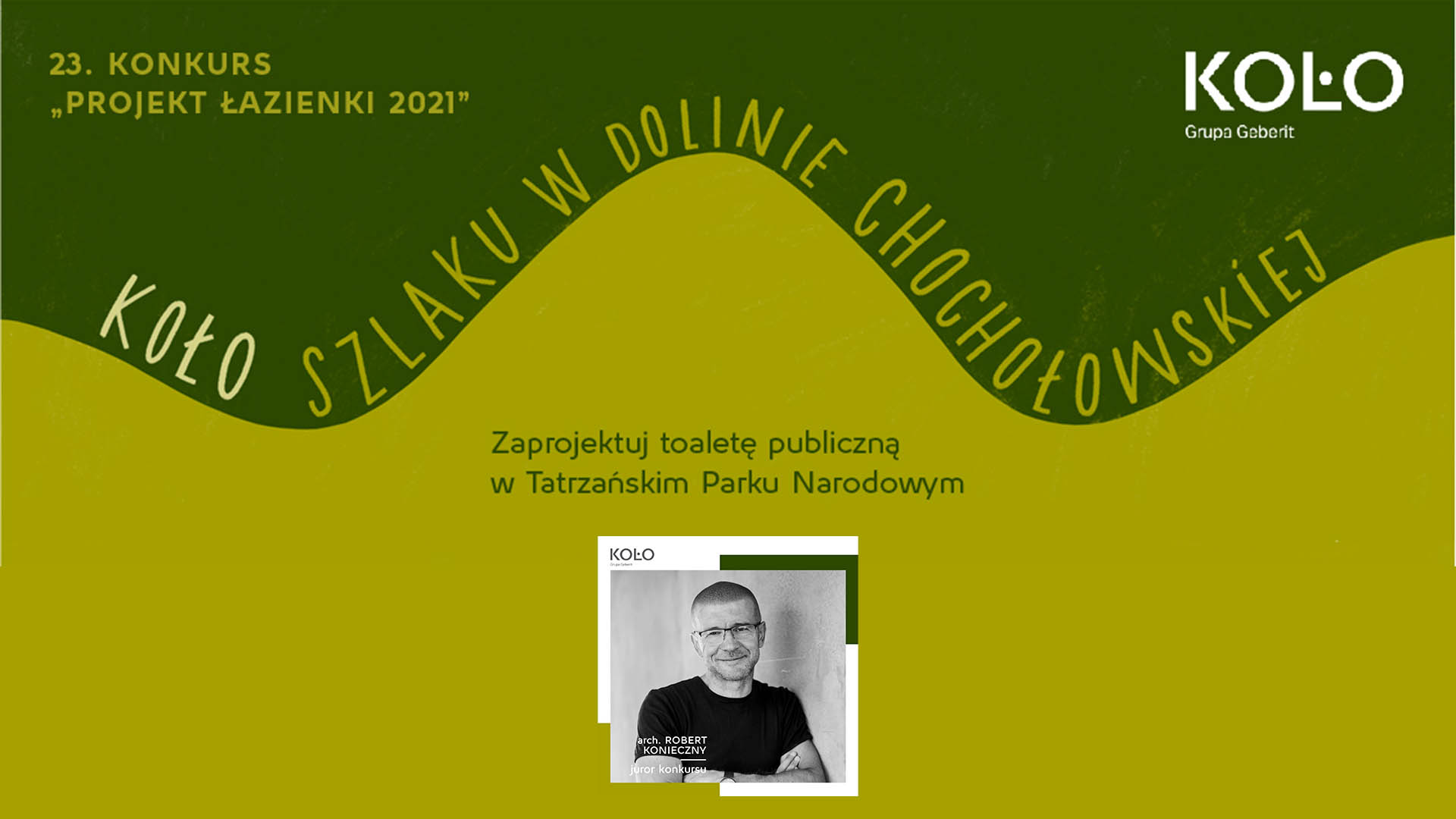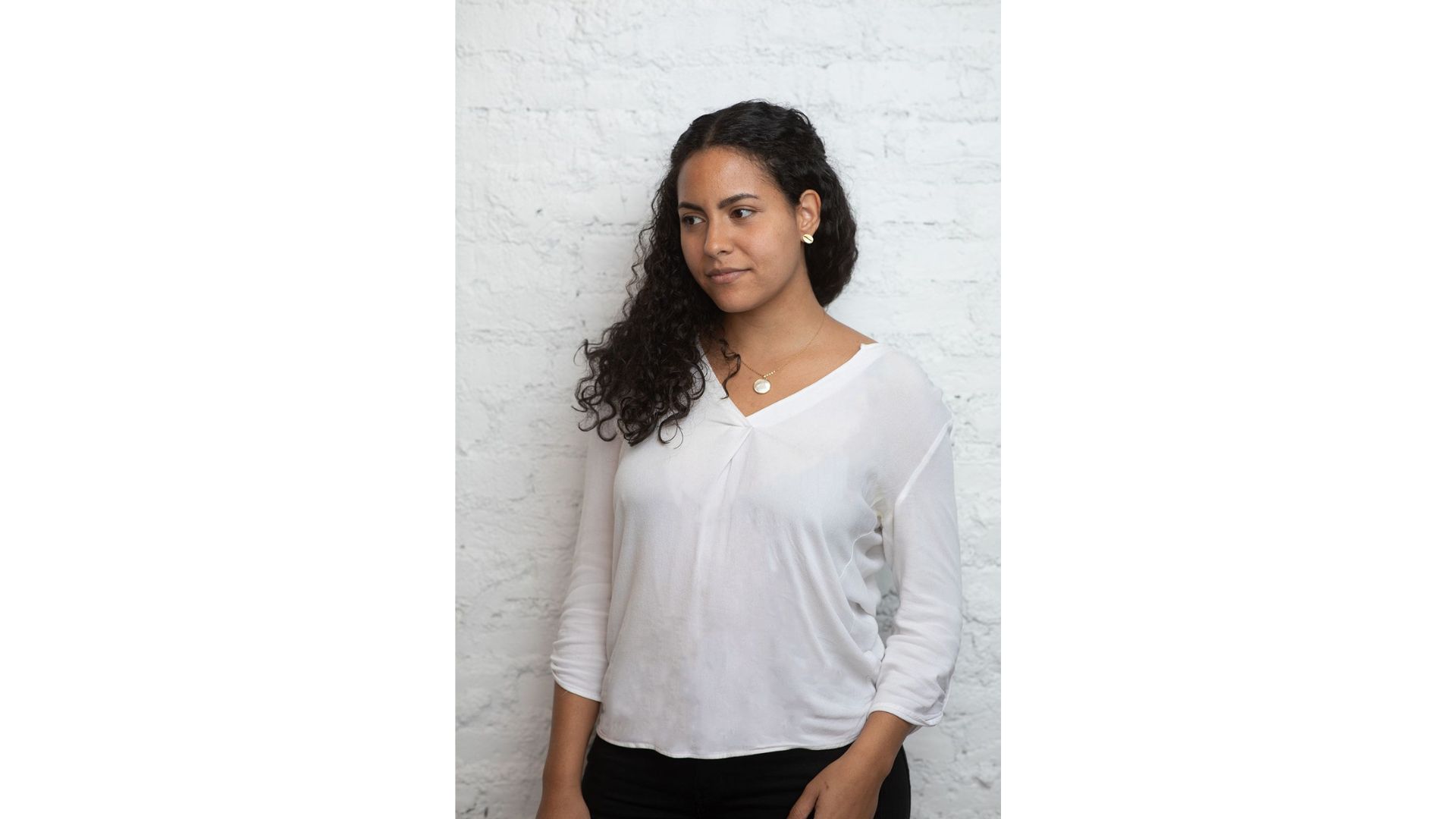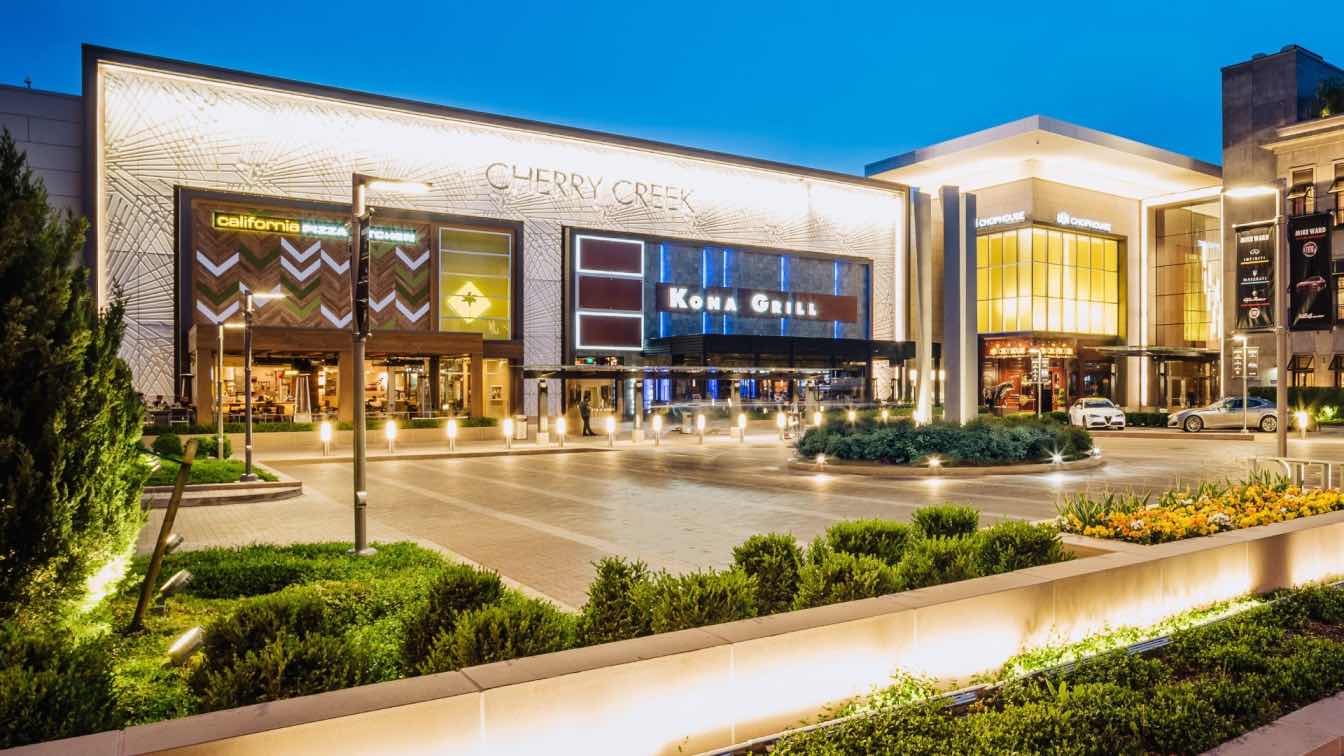( Raj Rewal Associates based in New Delhi, has been in practice for the over 50 years. The architectural firm has been acclaimed for its housing projects, urban design and public/institutional buildings. Many of the projects are considered iconic works and have been published in anthologies of History of World Architecture and other prestigious publications.
The firm has worked on projects in India, Iran, China, France and Portugal. The architecture of the practice has been applauded through international exhibitions such as the one in Parma, Italy in 2005; at Pompidou Museum, Paris and is part of part of permanent collection; and at National Gallery of Modern Art in New Delhi. Apart from these, their works have been acquired by various museums to be exhibited soon as part of their permanent collection.
Architect Raj Rewal, a distinguished doyen of Indian architecture, with a strong footing of national and international educational exposure, initiated his practice in the sixties. He has for long, set global precedents with his urban narratives of design that have been integrally and richly steeped in their contextual inferences. The concerted juxtaposition of traditional concepts and contemporary syntax is reflective of his fascination for weaving expressions of heritage and history into a modern vocabulary. His work is characterized by his concern for the climate and the creation of humane architecture, duly exploring space, form-making, structural and construction ingenuity and material possibilities. He has been involved in imparting architecture education nationally and internationally. There are two monographs, various books, publications and films on Raj Rewal’s works.
Raj Rewal is a recipient of several prestigious national/international awards including the gold medal from the Commonwealth Associations of Architects, Indian Institute of Architects, the “Chevalier de l’Ordre National de la Legion d’Honneur” award by the French Government and the 2024 highest award of the French government - Commandeur de l’Ordre des Arts et des Lettres. Renowned critics have extensively dwelt upon his architecture.)
Post-independence, Indian architecture was fortunate to have a few select architects, who through their passion and zeal, successfully infused an Indian identity to the heavy dose of first the Moghul, and then the Colonial styles. Architect Raj Rewal was one of these pivotal architects. Today, he is called by many names – the living legend, The Don of Indian architecture, Torch-bearer, etc. His two recent mega projects, the State University of Performing & Visual Arts, Rohtak, India, and the Freedom Struggle Memorial and Museum, Punjab, India, epitomize an enrichened and reinvented essence of the play of elements of architecture with spaces and the material preferences that he very spiritedly infused in the design and planning of so many of his earlier distinguished projects. The strength of his design conviction and innovative responsive-approach coupled to translating the contextualized idiom in function/form, subtle blending of requirements and technology of the times, the incorporation of energy-efficient systems, and above all, reimagining traditional symbolism at a detailed monumental scale, are but some of the very distinguished and well-articulated representations in these two projects. Viewing the craft and aura generated through the sensitive and playful integration of the powerful built forms and spaces, indeed is like engaging in an intelligent dialogue with Raj Rewal – where he has brought to the forefront, the pulse of modern architecture with glimpses of a strong traditional ethos.
I recently had the opportunity of meeting in person and getting a peep to the sharp perspectives of the cheerful and full-of-life living legend:
Suneet Paul: Mr. Rewal, you are one of those few architects who zealously laid the foundations of Indian architecture post-Independence of India. First of all, a big thank you for relentlessly having contributed to architecture with the unique and focused approach to highlight priorities in design that are so important in an evolving society. It’ll be insightful to know the motivations and the challenges then in that time-frame of the sixties for you as a young aspiring architect.
Raj Rewal: It was a period of Nehru’s forward-looking values. He has been criticized for some of his decisions resulting in License Permit Raj, but culturally his vision was of a secular, progressive statesman cherishing architectural concerns. His appointment of Corbusier for the design of Chandigarh was a major event in the sixties, not only for Indian architecture but for world architecture as well.
During this period, there were architectural competitions mostly judged by leading architects like Kanvinde, Stein, Bhalla and Rahman based on well-prepared programmes and ethical concerns. Competitions helped in soul-searching amongst the architectural community.
I was able to win some of these competitions at an early stage of my professional career, which helped me to seek a new language for Indian architecture.
SP: Reviving from our rich architectural heritage the regal traditional concepts in planning and deftly introducing them in contemporary design has always been a forte for you, never hesitating to purposefully experiment with materials and structure.
RR: I had visited and cherished major historical sites like Jaisalmer, Fatehpur Sikri, step-wells of Gujarat, Datia, etc. which I felt had important lessons for modern architecture. My own works were inspired by these sources. Asian Games Village and National Institute of Immunology carried in a new language the climatic and cultural concerns based on traditional architecture.
SP: Taking a bird’s eye-view, do you feel Indian architecture on the whole, has evolved and responded to the growing demands of the 21st century? Globally, have we been able to make a mark?
RR: We are living in a rapidly changing world and the Indian society is moving. Indian architecture has certainly evolved to meet the challenges, but unfortunately, the profession has been overtaken by the “builders” and the market economy.
SP: It is often voiced that India is in a mad frenzy to reshape the future of our cities to achieve the ‘Developed Country’ and the ‘Smart’ tag. In this hurried process, State and Central government policies often tend to take the shortcuts of demolition of treasured buildings and spaces to make way for larger complexes which get labelled as modern architecture. Your comments-.
RR: Unfortunately, we are led by philistine politicians and a crude establishment of building promoters. Great pity!
SP: What would you think is the cause of the waning interest for architecture as a profession amongst the youth of the country? Any suggestive remedies?
RR: I would only comment that the craft of architecture is not properly taught in educational institutions. We have to actively help to curtail this trend. It is important to evolve innovative architecture to meet the complex demands of our society.
SP: As the Sage of Indian architecture, how do you react to the surge in contemporary Indian architecture to follow global trends without contextualizing the application?
RR: Difficult for me to answer, but hopefully you can write a whole book about it as a wise architectural critic.
SP: Ah- yes, maybe one day soon! The recent captivating projects of yours, the Freedom Fighters Memorial and Museum (Jang-e-Azadi complex), Punjab, and the State University of Performing & Visual Arts, Rothak – are a breath of fresh air for modern Indian architecture. These two projects truly bring to the forefront, your lifelong architectural values which you have assiduously and masterfully chiseled. Please share with us your approach in the context of these projects and how satisfied are you with the end result?
RR: The State University project for an arts complex allowed me to search for solutions at an urban scale. Synthesis of traditional energy-conserving systems based on courtyards and shading devices with photovoltaic panels form the principles of design.
The university’s four departments—Fine Arts, Architecture, Film Making, and Fashion Design—are arranged around a series of interconnected courtyards. Central to the design are the auditorium and library, which serve as symbolic landmarks, reflecting elements of India’s historical and cultural heritage. The slanted, circular solar disc on the roof evokes the iconic wheel of the Konark Sun Temple or the Dharma Chakra found in Buddhist stupas, linking the modern design to ancient traditions.
Freedom Struggle Museum in Punjab – Jang-e-Azadi prompted me to seek the soul of a memorial – its Rasa, its flavour. The memorial is based on free-flowing enclosed spaces, galleries, and amphitheaters which highlight the events of freedom struggle.
The design aims to create a space that reflects both the structure and materials of a secular pilgrimage center, where visitors can honour the universal ideals of the struggle for freedom and democracy. The complex is organized as a sequence of three interconnected courtyards, leading to a central circular monument. This monument, which was designed to feature statues of freedom fighters, is encircled by exhibition galleries, offering a fitting tribute to their legacy.
Some sustaining quotes on the architecture of Raj Rewal:
“The practice of Raj Rewal can be summarized as making architecture from the inseparable weave of space and time. Each of Rewal’s buildings explores its spatiality, materiality as well as its functionality expresses a simultaneous awareness of past, present and future.” -- Aurelien Lemonier
“Rewal has tried to express a new sense of vocabulary that fuses urbanism and architecture. He has tried to define a grammar based on twentieth century technology that will achieve the richness, variety, climatic sensitivity, scale and geometrical discipline that he has perceived in great urban complexes of the past such as Jaisalmer and Jaipur. Tradition is approached for its underlying order, not for its superficial effects, and is rethought in terms that are right for the possibilities and limitations of the present social order Raj Rewal’s synthesis blends old and new, international and regional, but does not lapse into pastiche.” -- William J.R. Curtis
“The boldness of form and technology towards a play of symbolic and monumental structures is defined in the Jang-e-Azadi complex. There is a playful monumentality that draws from historic references such as the Nalanda University or the Sanchi Stupa, and then tries to render these as a series of people-friendly spaces through materiality, detailing of form and spaces such as courtyards and interconnections.” – Kaiwan Mehta
“The mass housing that Rewal built at Sheikh Sarai based on haveli typology and traditional patterns of urban space has been refined, purified and perfected into ideal ensembles of collective dwellings. Masterfully taking advantage of the irregularities of the site, the laboratories and the dwellings, with walkways, courtyards and terraces offer a harmonious physical entity for living and working.” -- Brian Brace Taylor
” In his library project, Rewal has pulled off a remarkable feat: he has not only related the building to its immediate very difficult physical and historical context, but to deeper strains of Indian culture and history. And he has married these to modern technology and functional analysis.” -- Peter Davey
“Each of Rewal’s Buildings communicates in clear terms the essence of its architecture. The process of defining the architectural expression, the rasa of the building, begins with an analysis of the building programme. The programme attains a preeminent position where its expression becomes synonymous with that of the very essence of the building. It is not conceived, however, simply in terms of its functional requirements but in the concrete exposition of its essence as defined by its rasa.” -- Abhimanyu Dalal
(Architect/author Suneet Paul based in Delhi and the former editor-in-chief of Architecture+Design, has a wide spectrum of writing articles and books to his credit. He has also been awarded for his purposeful contribution to architecture journalism.)





